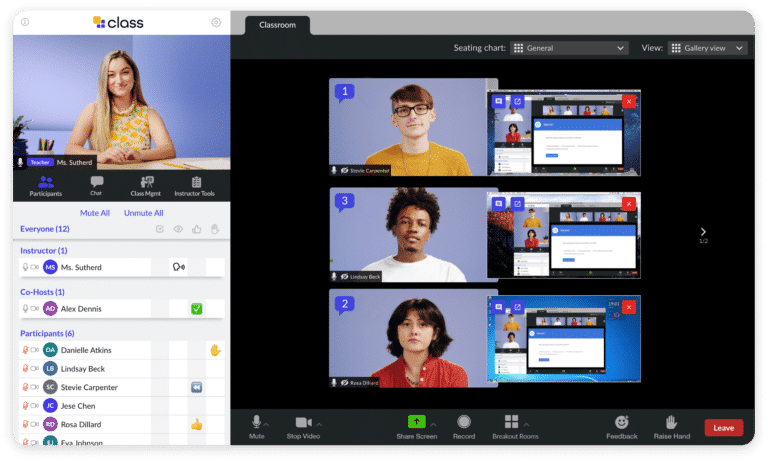


Annenberg Brown University tracked test scores from 5.4 million students in third through eighth grade and tracking changes in math and reading achievement during the first two years of the pandemic. What they discovered is sobering:
“Average fall 2021 math test scores in grades 3-8 were .20-27 standard deviations (SDs) lower relative to same-grade peers in fall 2019 while reading test scores decreased by .09-.18 SDs. Achievement gaps between students in low-poverty and high-poverty elementary schools grew by .10-.20 SDs, primarily during the 2020-21 school year. Observed declines are more substantial than during other recent school disruptions, such as those due to natural disasters.”
Despite school systems’ quick pivot to remote and hybrid learning as COVID-19 emerged, student progress in some sectors has been hit hard.
What can be done to help close these learning gaps and help students catch up? One promising option is high-impact or high-dosage tutoring in one-on-one or small group settings.
What is high-impact or high-dosage tutoring? In an article for EducationWeek, Stephen Sawchuk describes high-dosage tutoring as “one-on-one tutoring or tutoring in very small groups at least three times a week, or for about 50 hours over a semester.” This differs from traditional tutoring which occurs less frequently and for shorter periods of time.
High-impact or high-dosage tutoring one-on-one or with small groups of students can be highly effective and can help drive learning recovery after the pandemic.
The added attention and focus, especially in an environment where social distancing has become the norm, has proven to help students who might otherwise fall under the radar in traditional classroom settings.
It is, though, expensive. EdWeek reports: “One study of a Chicago high-dosage math tutoring program found that it cost on the order of $3,800 a student over a school year.” For schools and districts battling teacher shortages and budget concerns, providing a high-dosage tutoring solution can be challenging and expensive. Virtual tutoring could help drive down these costs and offer access to top teachers who might not be geographically located near students.
Countless businesses and individuals discovered during the pandemic that technology like Zoom offered a solution to the forced distancing the virus required. And many found that there were some specific benefits to connecting virtually—including students and teachers.
Most importantly, there’s evidence that high-dosage tutoring, including when done virtually, can have a very positive impact on narrowing learning loss gaps.

Saga Education is a tutoring program that launched in 2015 in four locations—Chicago, New York City, Florida, and Washington, DC. They pair two to four high school students with tutors who are often recent college graduates and AmeriCorps members. During the pandemic, Saga like other educational institutions moved to primarily virtual sessions. Their data indicates that they’ve made an impact.
“Students who received Saga tutoring achieved up to 2.5 years of growth in math in one year. Among participating students, there was a 50 percent decrease in math course failures. The impact also spilled over into content areas outside of those targeted by tutoring with a 28 percent decrease in non-math course failures.”
As with any type of online instruction, online tutoring requires engagement to achieve success. There are a number of best practices tutors can follow to effectively connect with and engage students.
In an article for Tech&Learning, Erik Ofgang shares some best practices for online tutoring from Matthew Kraft, a professor at Brown University.
Some students lost ground during the pandemic and continue to struggle to recapture the losses of the past two years. High-impact tutoring can help. Tutors in the virtual environment have an opportunity to leverage a wide range of tools to connect with and engage students. Online tutoring allows for lower costs and the ability to recruit instructors from anywhere, not just limited to the geography of the school district.
Class can help, providing an engaging online environment for one-on-one, small group, or classroom-wide high-impact tutoring. Learn more about how Class could help you effectively deliver virtual tutoring to help close learning gaps, or request a demo.


Get our insights, tips, and best practices delivered to your inbox

Sign up for a product demo today to learn how Class’s virtual classroom powers digital transformation at your organization.

Features
Products
Integrations